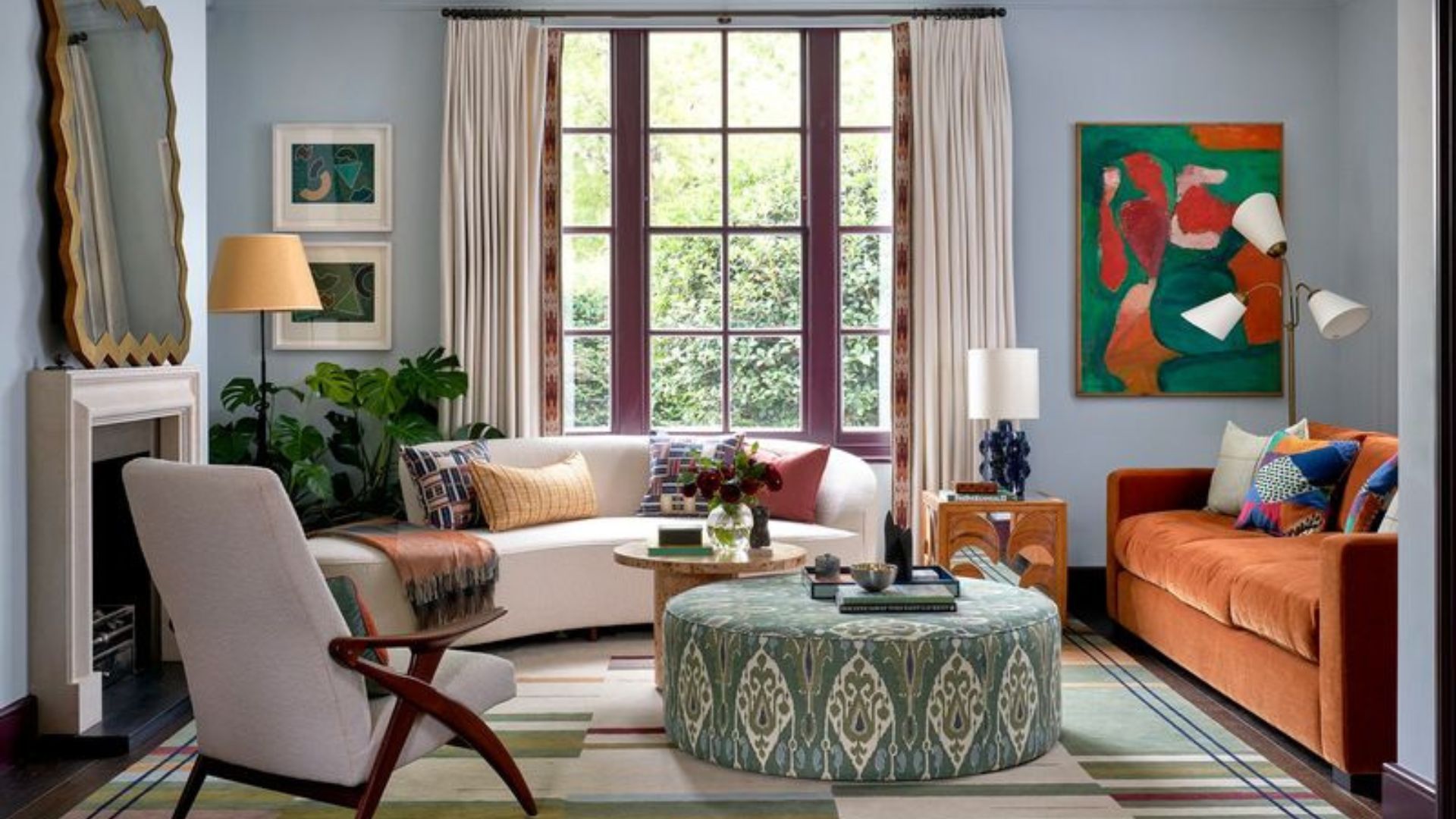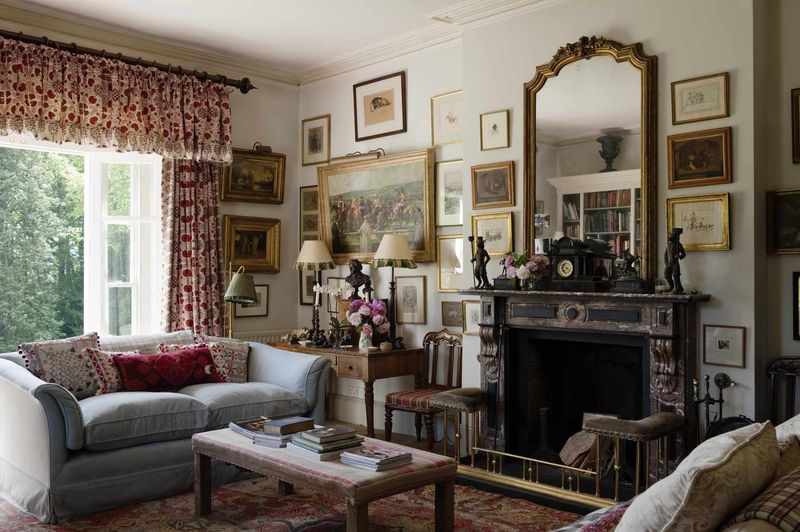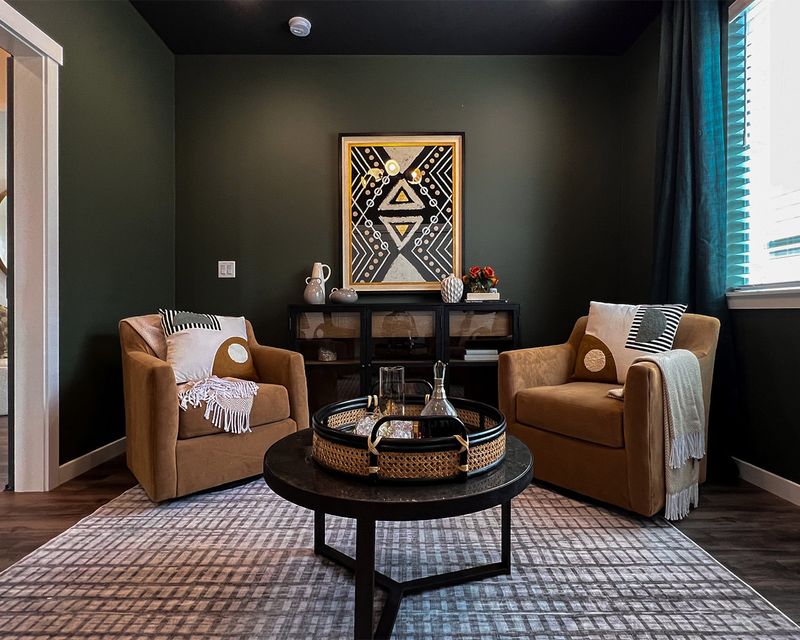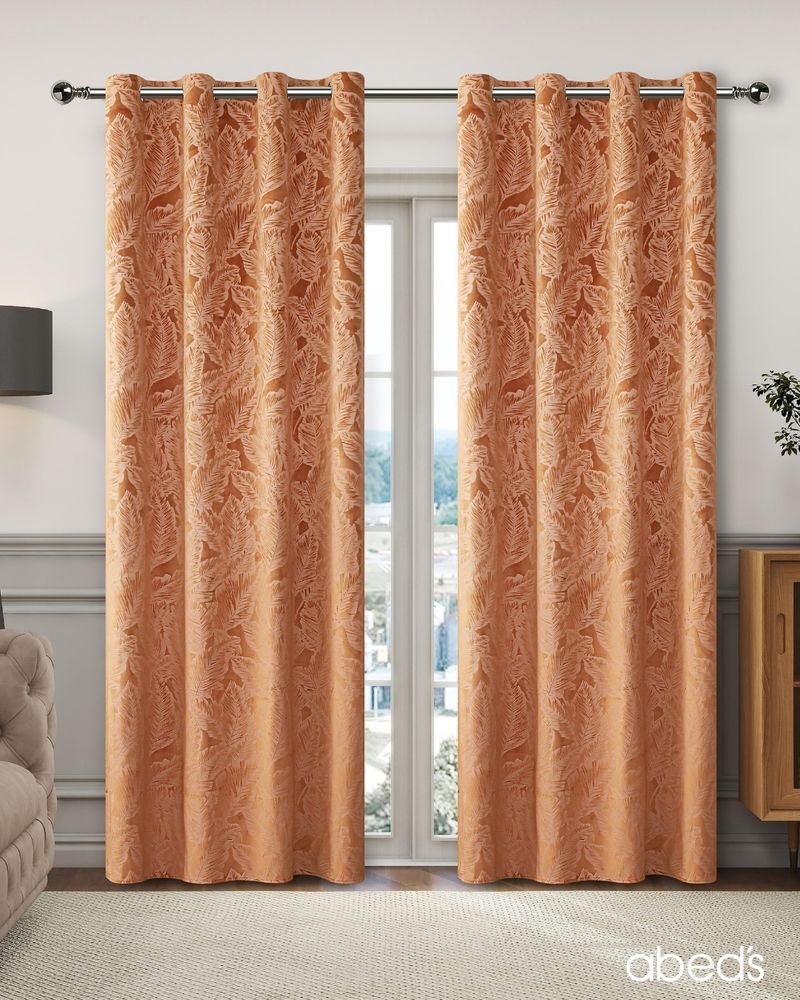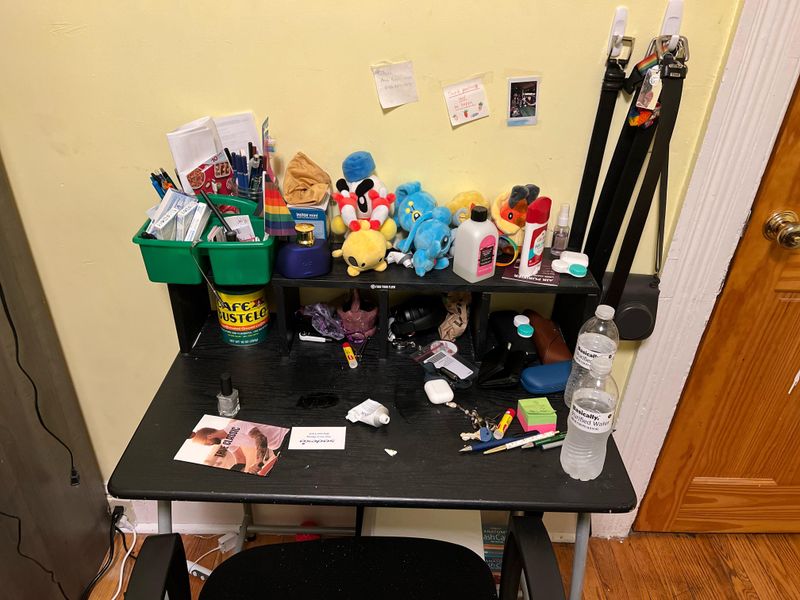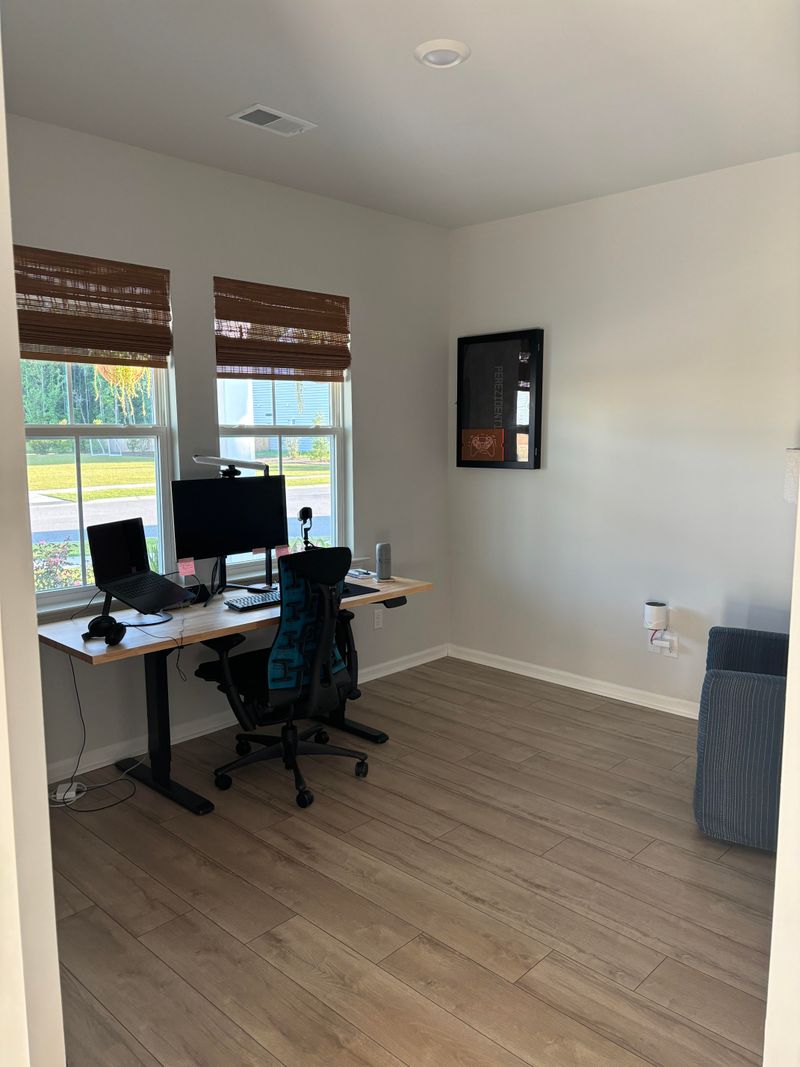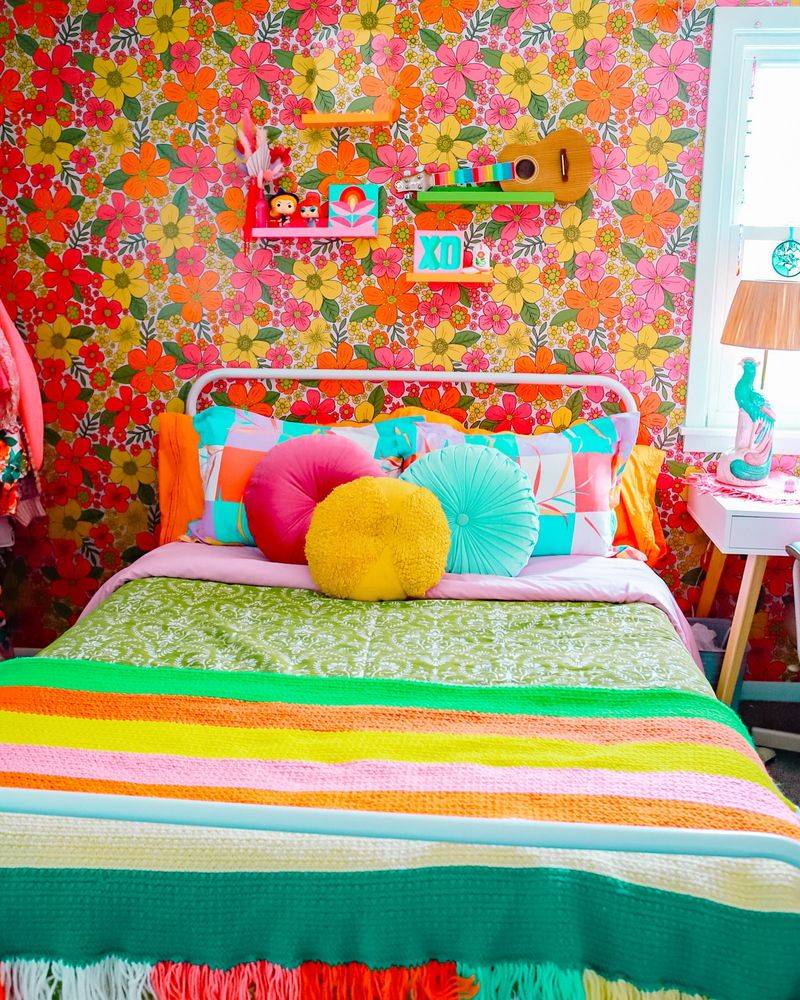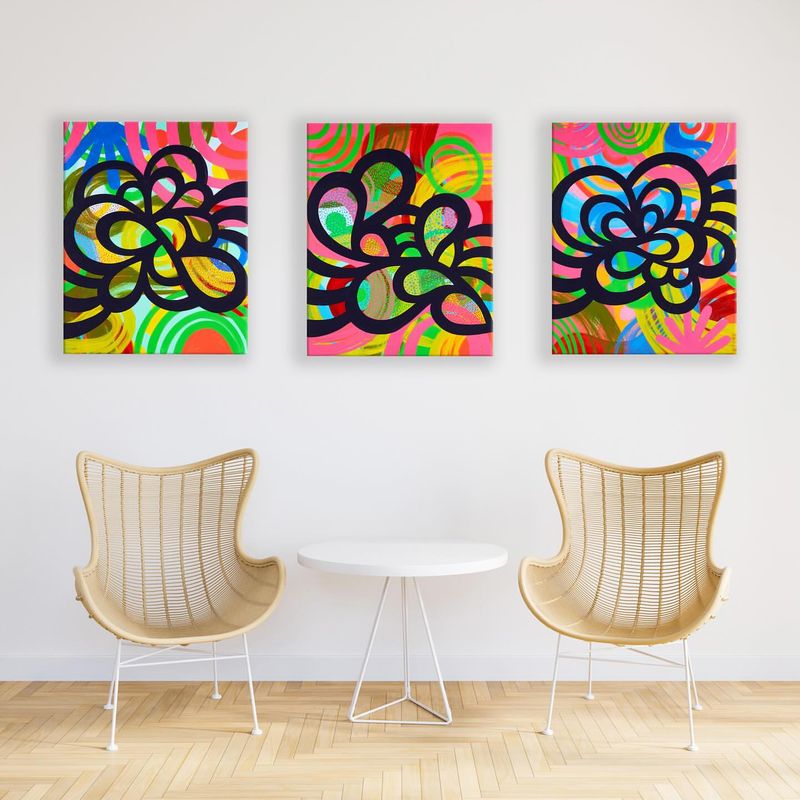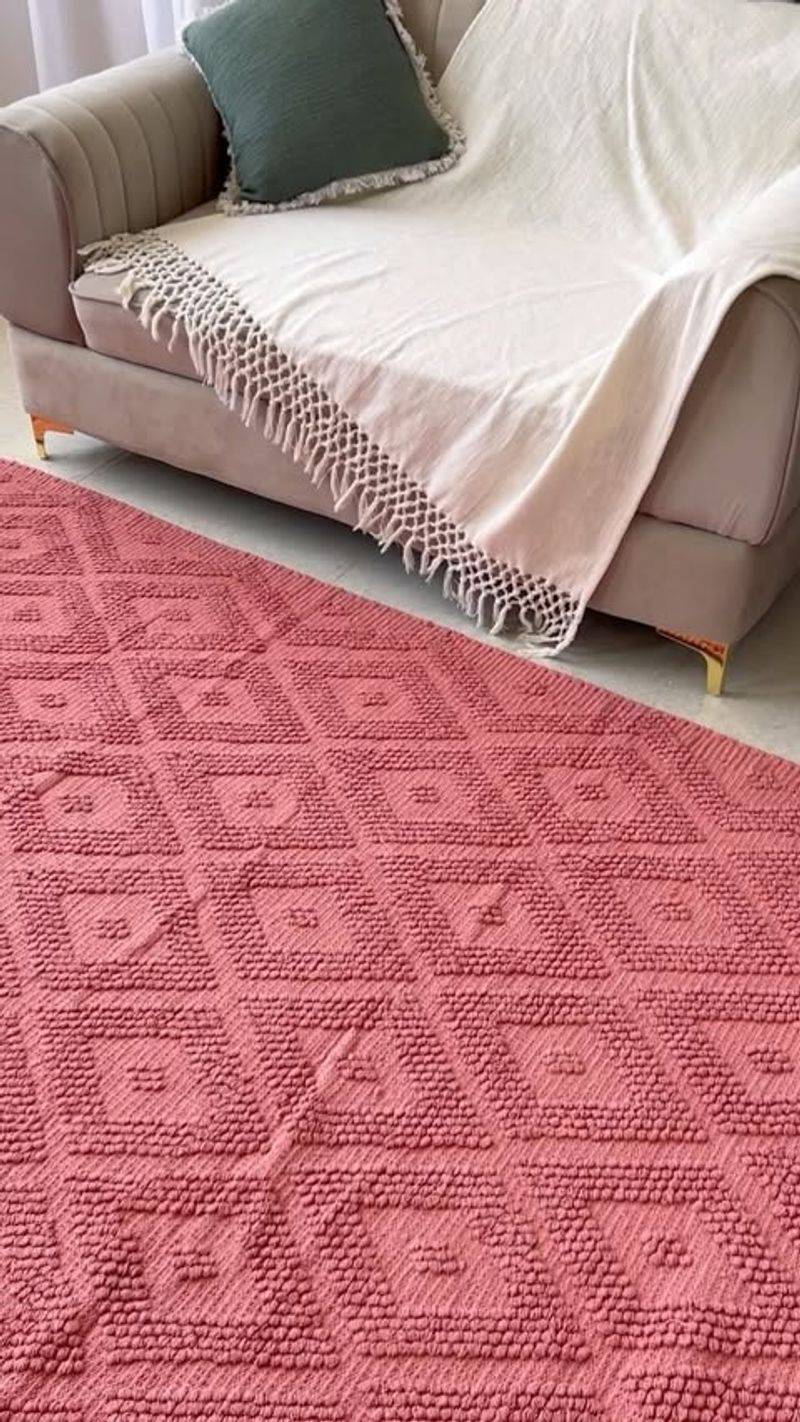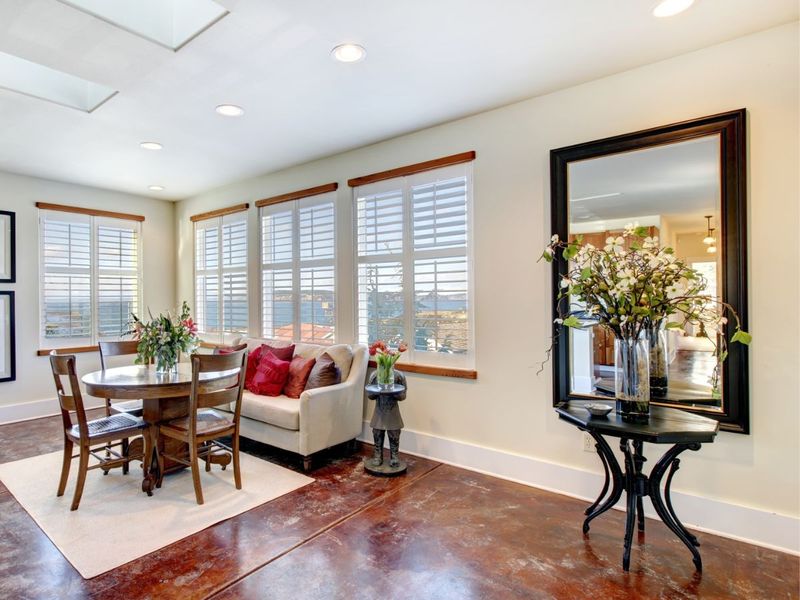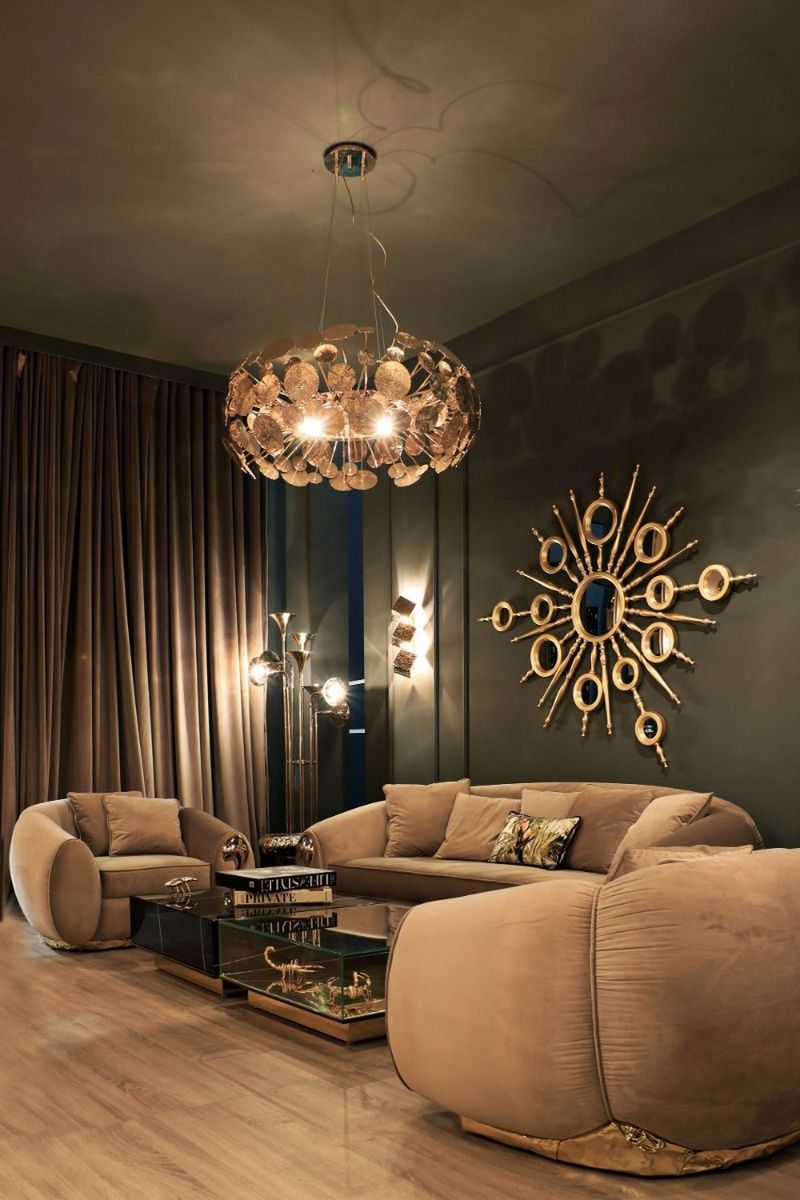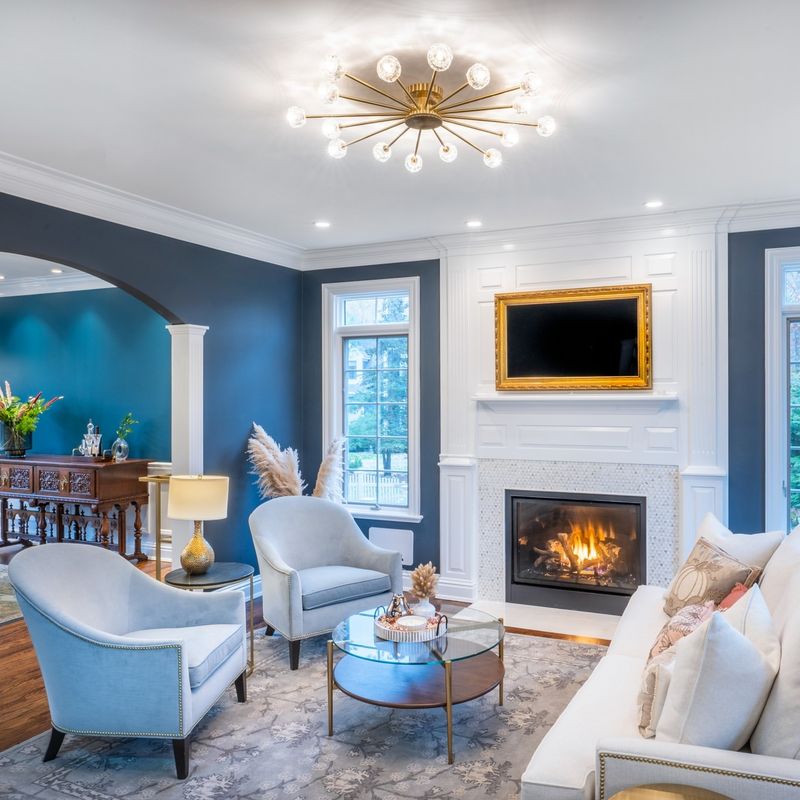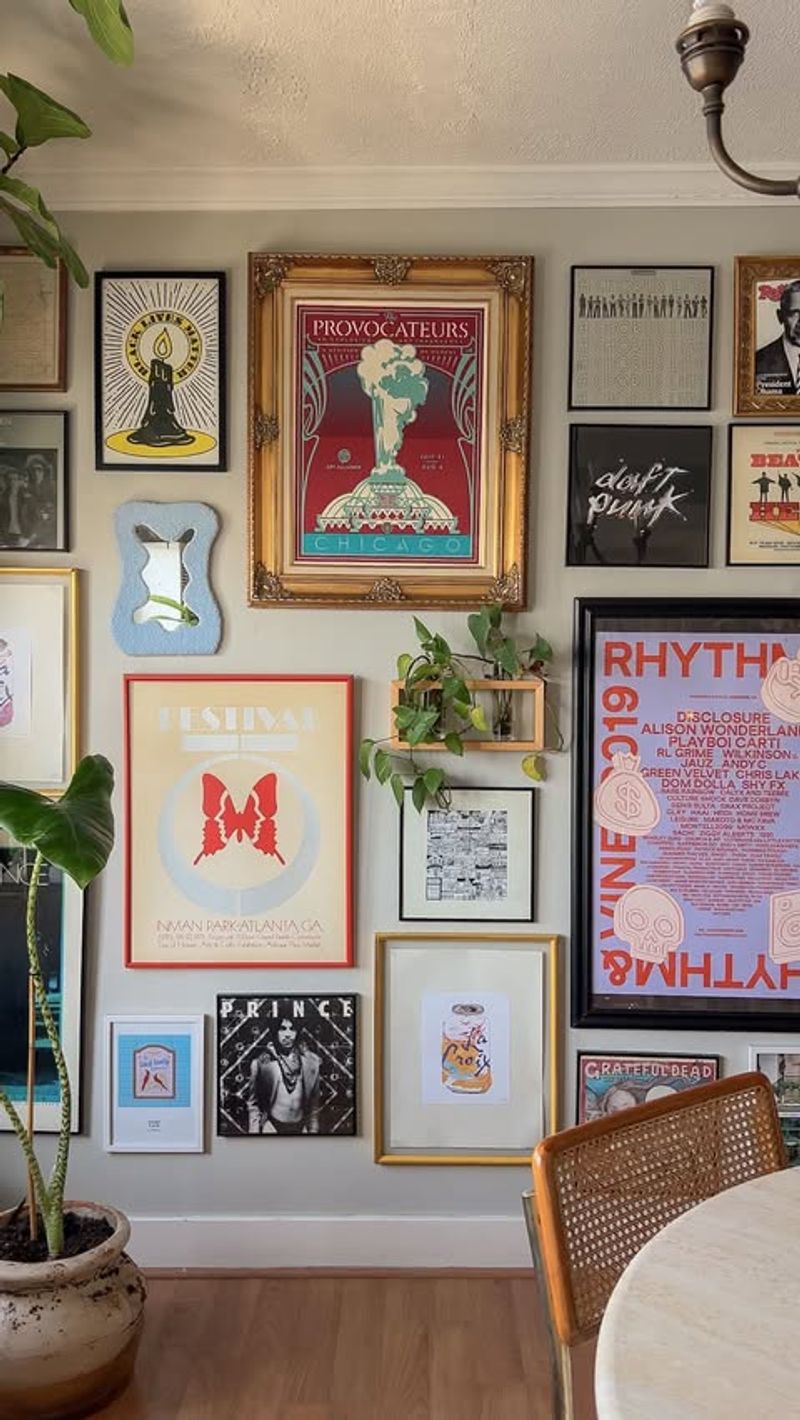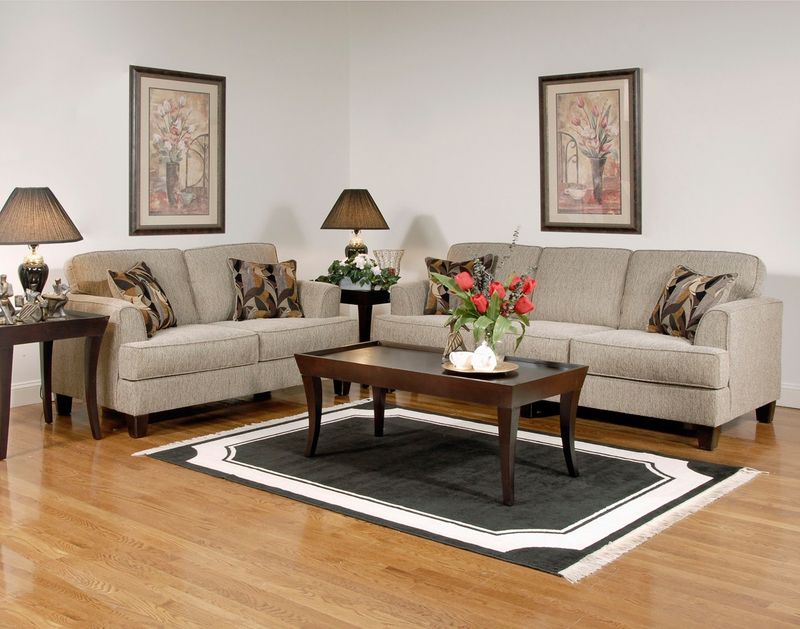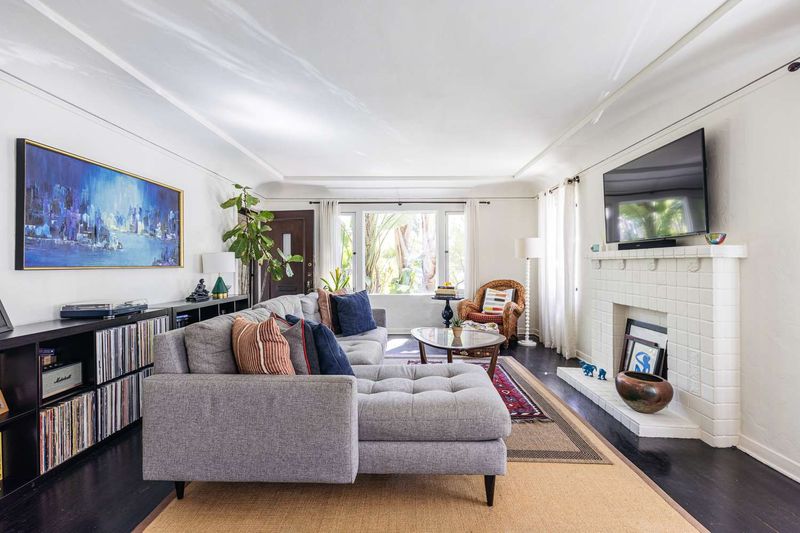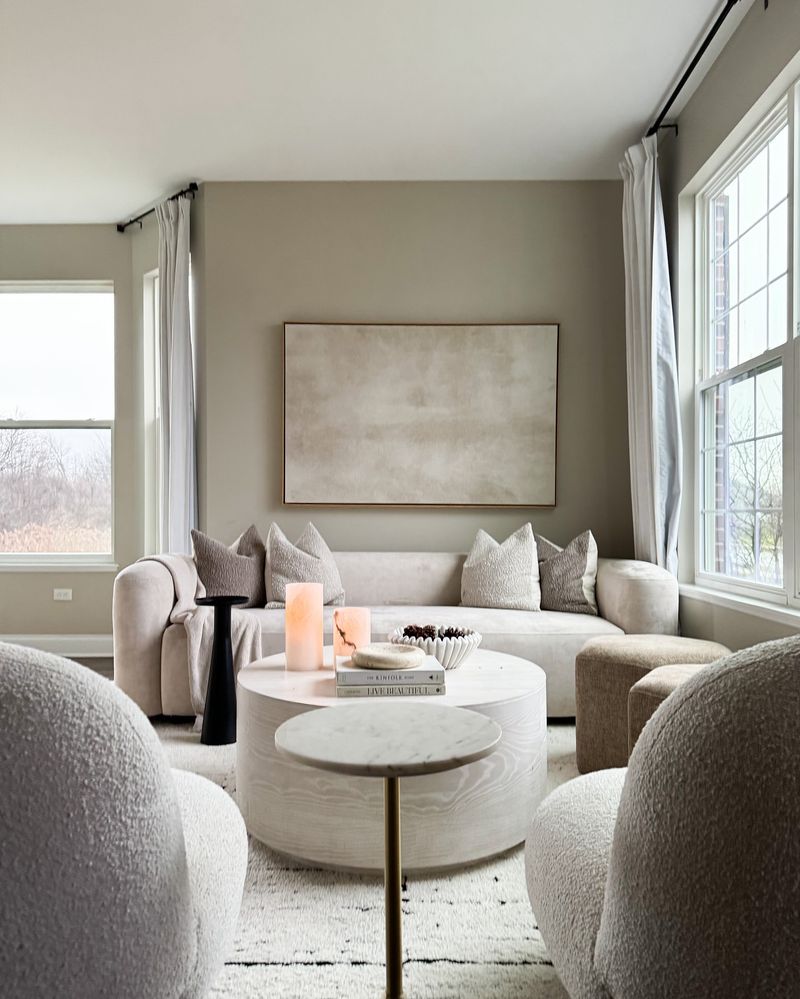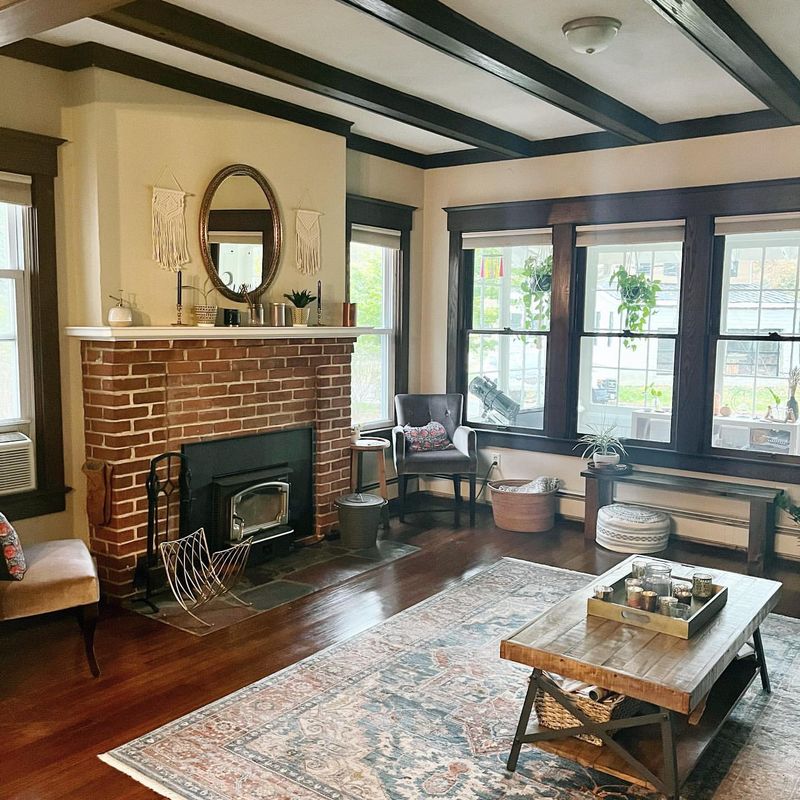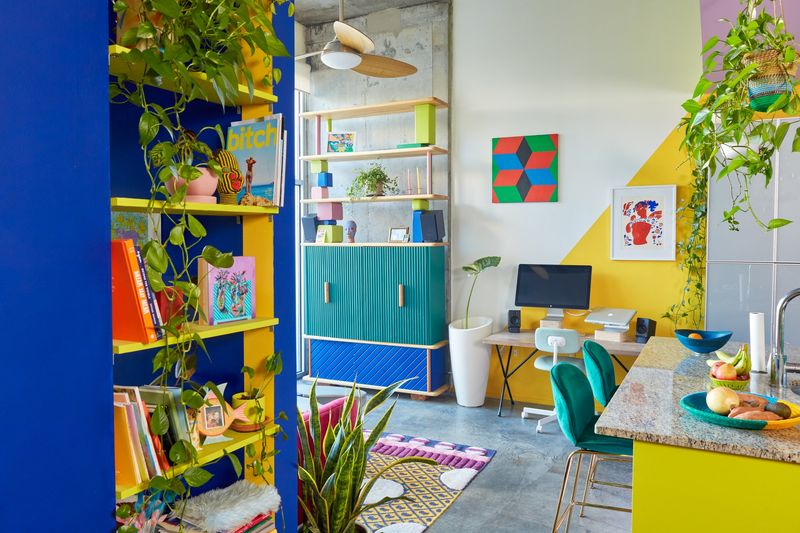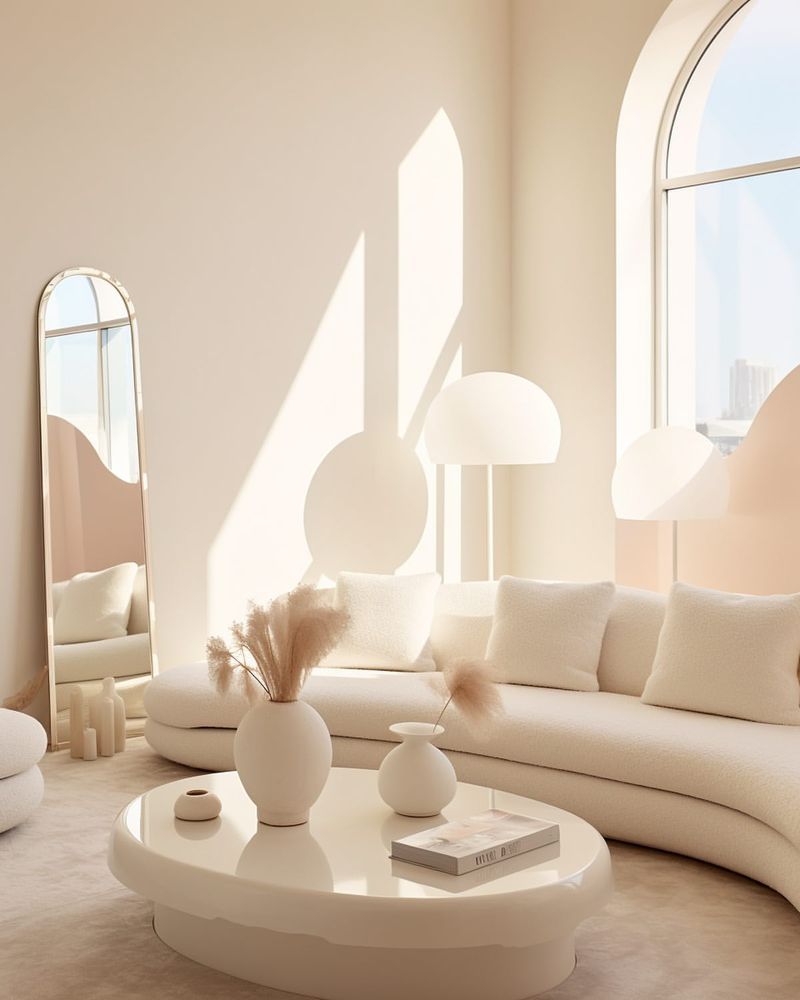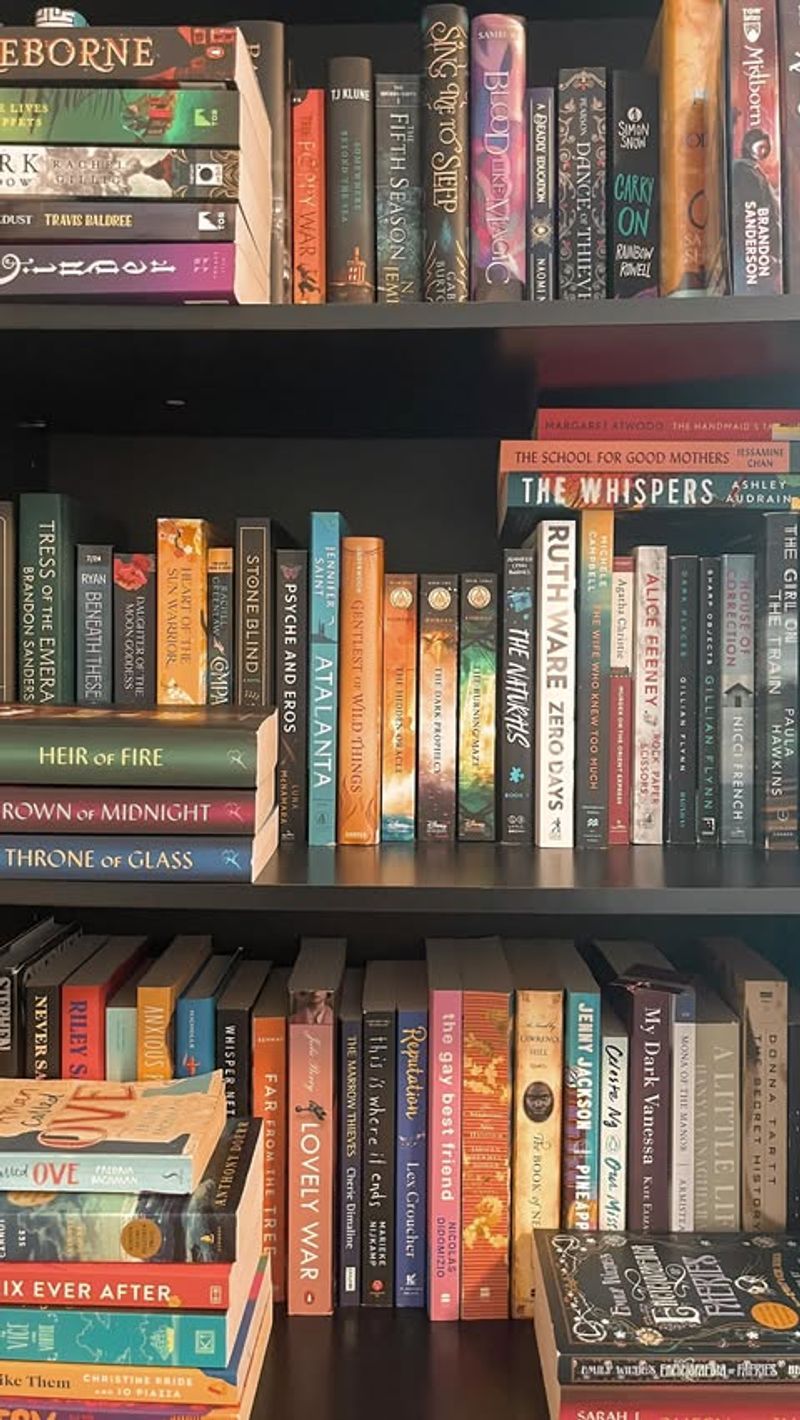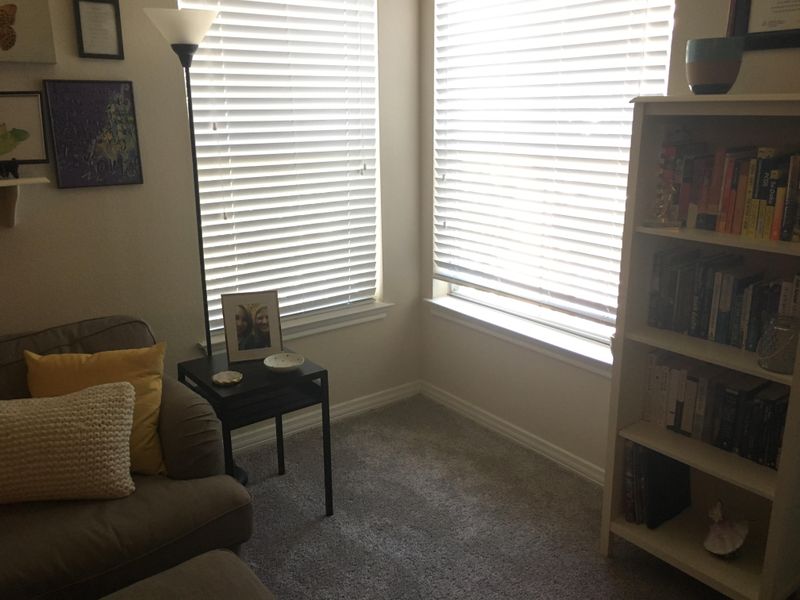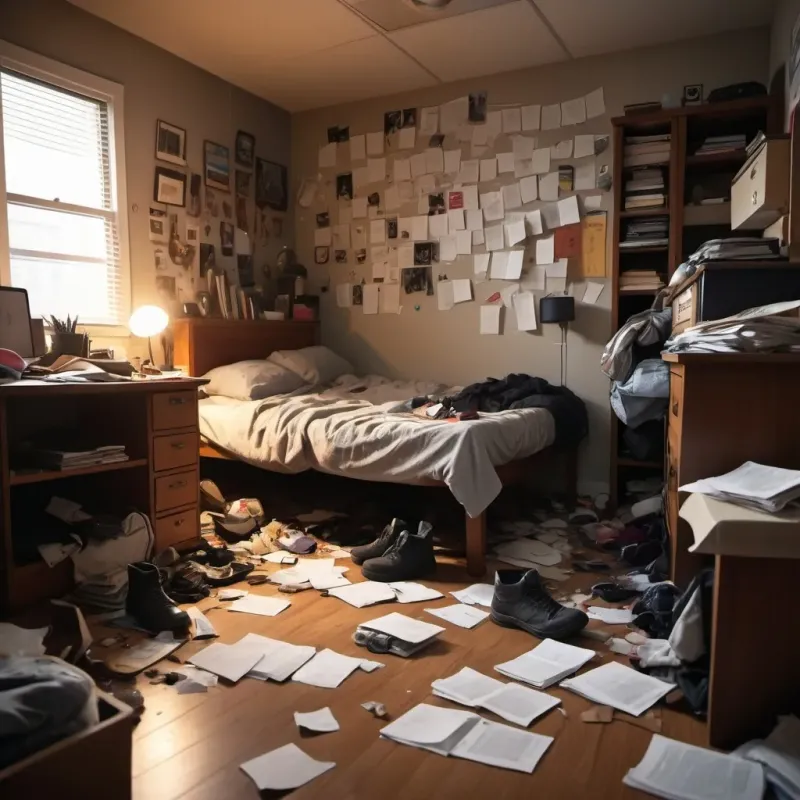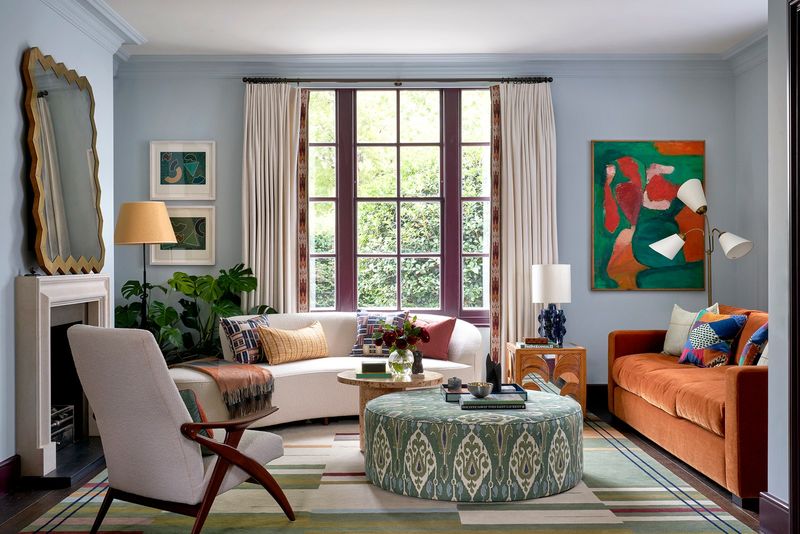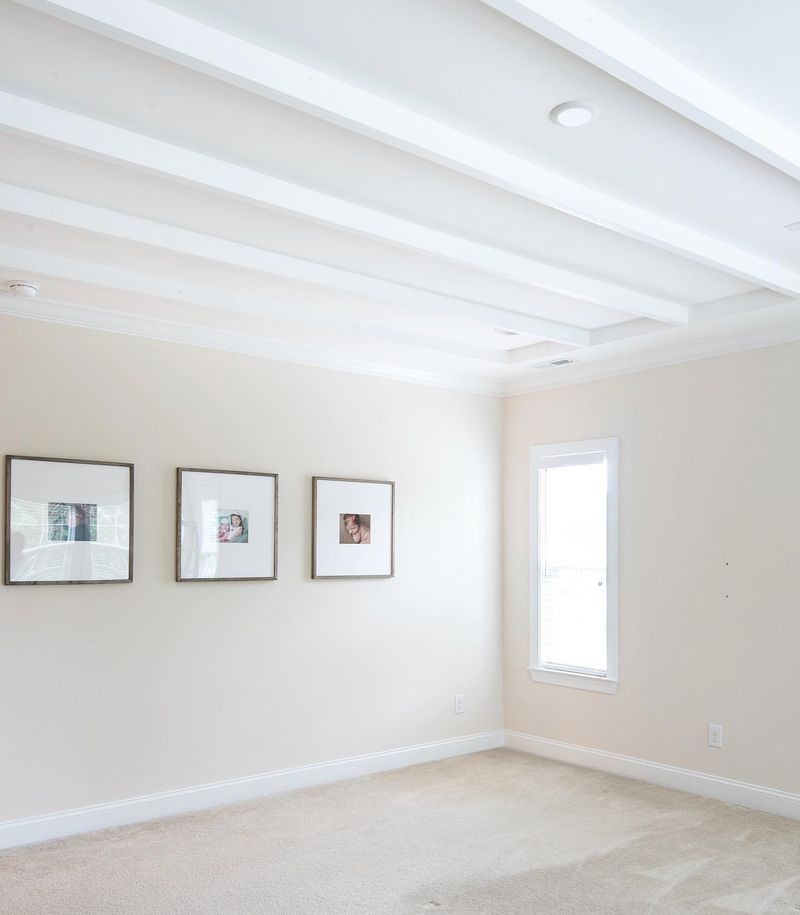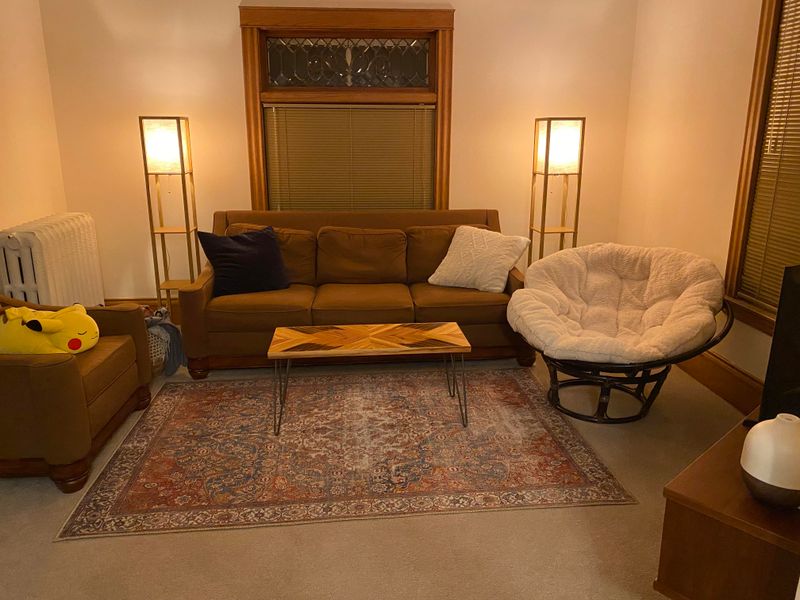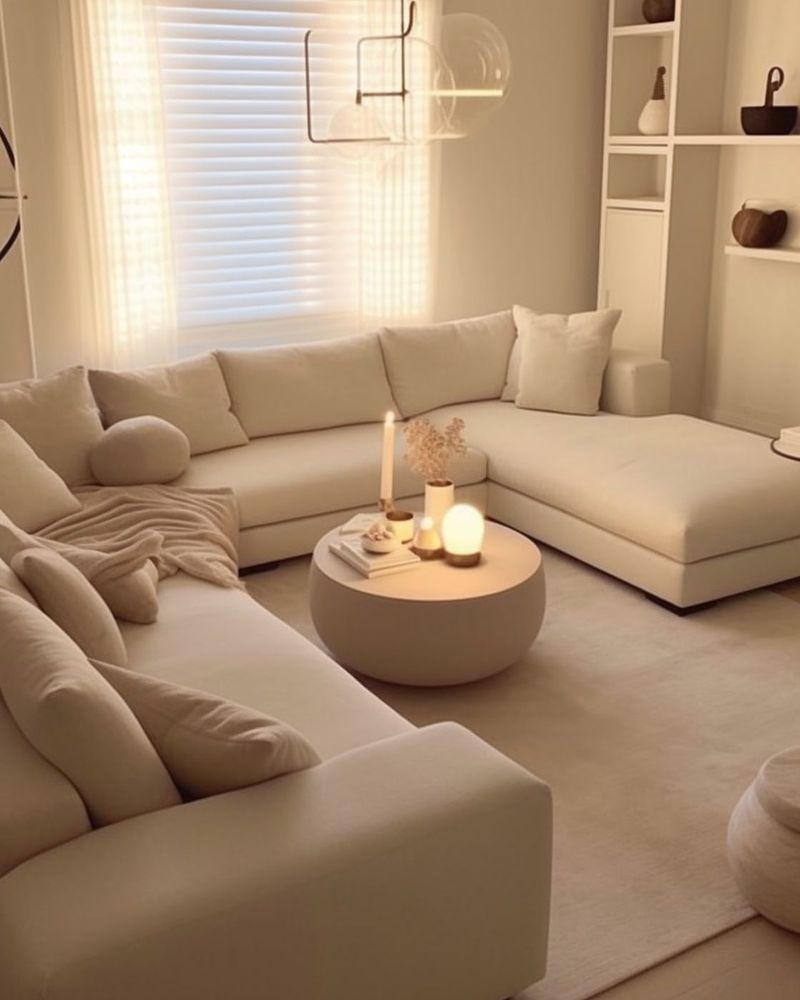Decorating a home can be a fun and rewarding experience, but it’s all too easy to make choices that inadvertently make your space feel cramped and cluttered.
Whether you’re dealing with a small apartment or a spacious house, the way you decorate can significantly impact the perception of space.
Let’s explore 25 common decorating mistakes that can make your home seem smaller and discover how to avoid them, creating a more open and inviting environment.
1. Overcrowding with Furniture
Overcrowding a room with too much furniture can swiftly make a space feel cramped. Picture a small living room; now, imagine it filled with bulky sofas and extra chairs.
It’s not just about the number of pieces but also their size and arrangement. Large furniture in small spaces can make movement awkward and the room feel even smaller. Try opting for multi-functional pieces or ones with a smaller footprint to open up the space and create a more breathable environment.
2. Dark Color Palettes
Dark colors might seem cozy, but they can close in a space, making it feel much smaller. Imagine a tiny bedroom enveloped in deep hues.
While these shades can be warm, they absorb light, reducing the perception of space. Consider using lighter colors to reflect light and make the room feel open.
Accent with darker tones in smaller doses to maintain warmth without sacrificing space. This balance will help keep your home feeling inviting yet spacious.
3. Heavy Drapes and Curtains
Thick, heavy drapes can block much-needed light, shrinking your home’s ambiance. Picture a small window draped in heavy, dark curtains.
The effect is a room that feels cut off from the outside world. Consider using sheer or lighter fabrics to allow more natural light in. This small change can make a room feel brighter and more expansive, offering an inviting atmosphere. Plus, it adds a touch of elegance without the weight.
4. Cluttered Surfaces
Surfaces crowded with items can quickly make any room feel small. Visualize a kitchen counter cluttered with appliances, utensils, and knick-knacks.
The chaos overwhelms and diminishes the sense of space. Keep surfaces tidy by storing unnecessary items and using vertical storage solutions.
This not only opens up the space but also makes it more functional and aesthetically pleasing. A clear counter can transform your kitchen into a more open and enjoyable space.
5. Ignoring Vertical Space
Neglecting vertical space can lead to a cramped feeling, as walls remain bare and underutilized. Imagine a small office without shelves or high storage.
The floor becomes crowded while the walls remain empty. Incorporate vertical storage solutions like tall bookshelves or wall-mounted cabinets to make the most of your space. This frees up floor space and can give the illusion of higher ceilings, making the room feel larger and more organized.
6. Too Many Patterns
Using too many patterns can overwhelm a room, making it appear smaller than it is. Picture a living room with clashing patterns on cushions, wallpaper, and rugs.
The visual chaos can be dizzying and close in the space. Stick to one or two complementary patterns and balance them with neutral tones. This approach minimizes distractions and opens up the room, allowing your décor to breathe and blend beautifully.
7. Low-Positioned Art
Hanging artwork too low can make ceilings appear lower, compressing the room. Picture a hallway where art is hung close to the eye line instead of higher up.
This can diminish the room’s perceived height. Hang art closer to the ceiling to draw the eye upward and create a sense of vertical space. This simple adjustment can make your home feel more expansive without changing much at all.
8. Bulky Rugs
Bulky rugs can dominate a room, making it feel smaller by covering too much floor space. Imagine a living room with a large, thick rug.
This can make the area appear enclosed and the floor disappear. Opt for lighter, smaller rugs that define spaces without overwhelming them. This not only maintains the openness of a room but also adds a touch of sophistication without the bulk.
9. Misplaced Mirrors
Misplacing mirrors can waste their potential to reflect light and create space. Picture a dining room where a mirror is hung opposite a blank wall.
It misses the chance to enhance light or space perception. Place mirrors opposite windows or light sources to amplify brightness and open up the room. This clever placement can make your home feel more airy and spacious without extensive renovations.
10. Oversized Decor
Oversized décor items can overwhelm a space, making it feel cramped. Visualize a small bedroom with large vases and sculptures.
These pieces dominate the room, leaving little breathing room. Choose smaller, more proportionate décor to maintain a balanced feel. This keeps the space open and allows each item to be appreciated without overcrowding the room.
11. Lack of Lighting Layers
Relying on a single light source can flatten a room, making it feel smaller. Imagine a living room with only an overhead light.
The lack of depth creates a flat, uninviting atmosphere. Incorporate various lighting layers, such as floor lamps and wall sconces, to add warmth and dimension. This approach not only enhances the room’s ambiance but also contributes to a more open and inviting space.
12. Excessive Decor on Walls
Too much wall décor can make a room feel busy and constricted. Imagine a room where every inch of wall space is covered with frames and art.
This can be overwhelming and diminish the space. Select a few key pieces to display, allowing for breathing room between them. This approach highlights your art and gives the room a more open and airy feel, enhancing its overall appeal.
13. Neglecting Focal Points
Neglecting a focal point can lead to a disorganized and smaller-feeling space. Picture a living room without a defined area of interest.
This can create a sense of chaos and reduce flow. Establish a focal point, such as a fireplace or a piece of art, to anchor the room. This helps guide the eye and organizes the space, making it feel larger and more harmonious.
14. Unbalanced Room Proportions
Unbalanced room proportions can make a space feel awkward and cramped. Visualize a bedroom with all furniture clustered on one side.
This imbalance hampers flow and comfort. Distribute furniture evenly across the room to maintain symmetry. This not only enhances the room’s functionality but also contributes to a more open and pleasant environment, balancing aesthetics and practicality.
15. Avoiding Natural Elements
Avoiding natural elements can leave a space feeling stale and uninspiring. Imagine a home office without a single plant or natural texture.
The absence of greenery creates a sterile environment. Introduce plants or natural materials like wood to infuse life and vibrancy. These elements can make a room feel more inviting and spacious, bridging the gap between indoors and the natural world.
16. Neglecting Window Treatments
Bare windows can make a room feel unfinished and exposed. Picture a room with windows lacking proper treatment.
This creates a sense of exposure and fails to control light. Use tailored window treatments to manage privacy and light effectively. This small change can enhance comfort and create a polished, open feel, making the room appear more spacious and cohesive.
17. Ignoring Cohesive Color Schemes
Ignoring cohesive color schemes can cause visual chaos, shrinking space perception. Imagine a kitchen with clashing colors everywhere.
This lack of harmony can be jarring. Choose a cohesive color scheme that ties together different elements of the room. This approach creates a sense of unity and flow, making the space feel more expansive and inviting, while enhancing its aesthetic appeal.
18. Overlooking Personal Touches
Overlooking personal touches can lead to a sterile, impersonal space. Imagine an apartment devoid of personal decor or memorabilia.
This can make it feel unwelcoming. Add personal elements like family photos or unique art to infuse warmth and life. This personalization not only makes the space feel larger but also creates a more inviting and intimate atmosphere.
19. Overfilled Bookshelves
Overfilled bookshelves can overwhelm a space, making it feel cluttered. Picture a study with shelves packed to the brim.
This can lead to a sense of chaos, reducing openness. Edit your collection and intersperse decorative items to balance the space. This not only declutters but also adds personality, contributing to a more relaxed and spacious atmosphere.
20. Underutilizing Corners
Underutilized corners can lead to wasted space, making a room feel smaller. Visualize a room with empty corners, devoid of any furniture or decor.
These areas become lost opportunities. Use corner shelves or small furniture pieces to make the most of these spots. This maximizes available space and can create cozy nooks, enhancing the room’s functionality and appeal.
21. Neglecting Floor Visibility
A cluttered floor can make a room feel cramped, reducing its perceived size. Picture a kitchen where the floor is covered with various items.
This clutters the visual field and closes in the space. Keep the floor visible by storing items elsewhere, using cabinetry or hooks. This opens up the space and enhances flow, making the room feel more expansive and welcoming.
22. Mismatched Furniture Styles
Mismatched furniture styles can create visual disarray, shrinking space perception. Picture a dining room with clashing furniture.
This lack of cohesion can be jarring and reduce openness. Aim for a harmonized style that ties pieces together. This approach creates a unified look and enhances the room’s spaciousness, making it feel more cohesive and inviting.
23. Ignoring Ceiling Potential
Ignoring ceiling potential can miss chances for height illusion. Imagine a room with plain ceilings.
This neglects an opportunity to add interest and height. Consider painting ceilings a lighter color or adding vertical lines to draw the eye up. This small change can enhance the sense of space, making the room feel larger and more open.
24. Avoiding Bold Statements
Avoiding bold statements can lead to a bland and confined space. Visualize a living room devoid of any bold elements.
This can result in a lackluster atmosphere. Incorporate one or two bold pieces to add character and depth. This not only injects personality but also creates a focal point, opening up the space and enhancing its appeal.
25. Neglecting Texture Variety
Neglecting texture variety can make a room feel flat and uninspired. Consider a bedroom where everything has the same texture.
This homogeneity can make the space feel dull. Mix different textures like soft fabrics, rough wood, or sleek metals to add interest. This variety can enhance depth and dimension, making the room feel more dynamic and larger.

